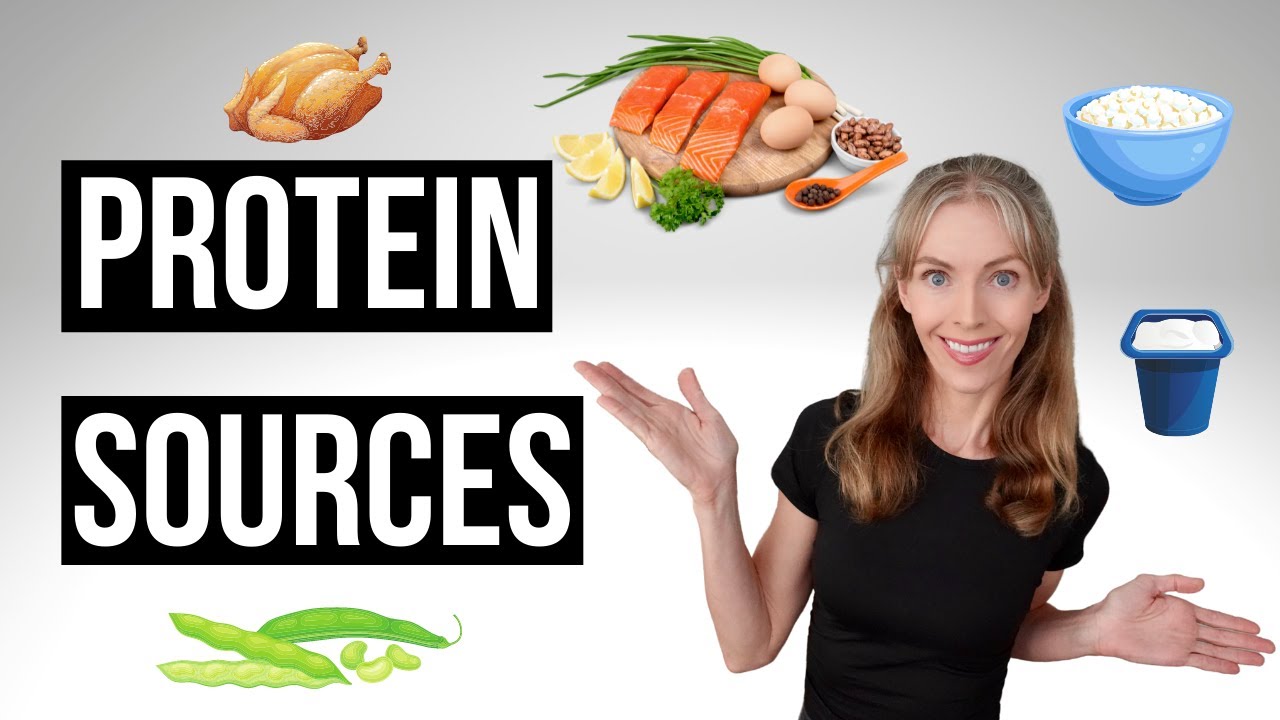Introduction
Protein is an essential macronutrient that plays a crucial role in various bodily functions, including muscle repair and growth, immune function, and hormone production. However, many people struggle to consume an adequate amount of protein in their diets. Fortunately, there are numerous easy and practical ways to boost your protein intake without having to drastically change your eating habits. In this comprehensive guide, we will explore 14 simple and effective strategies to help you increase your protein intake, whether you’re a meat-lover, vegetarian, or vegan.
Understanding Protein and Its Importance
Before diving into ways to increase protein intake, it’s essential to understand what protein is and why it’s important for your health. Protein is made up of amino acids, which are the building blocks of cells, tissues, and organs in the body. It is necessary for muscle repair and growth, immune function, enzyme production, and hormone regulation. Consuming an adequate amount of protein is crucial for overall health and well-being, regardless of age, gender, or activity level.
14 Easy Ways to Increase Your Protein Intake
Start Your Day with Protein-Rich Breakfast Foods
Kickstart your day with a protein-rich breakfast by incorporating foods such as eggs, Greek yogurt, cottage cheese, or protein-rich smoothies made with milk or plant-based milk alternatives.
Include Protein in Every Meal and Snack
Aim to include a source of protein in every meal and snack to ensure you’re getting enough throughout the day. Examples include lean meats, poultry, fish, tofu, tempeh, beans, lentils, nuts, seeds, and dairy products.
Choose High-Protein Snacks
Opt for protein-rich snacks to keep you feeling full and satisfied between meals. Examples include Greek yogurt with fruit, hard-boiled eggs, cottage cheese with whole-grain crackers, protein bars, and nut butter on apple slices.
Add Protein Powder to Your Diet
Protein powder supplements, such as whey, casein, soy, pea, or rice protein, can be added to smoothies, oatmeal, yogurt, or baked goods to boost your protein intake quickly and conveniently.
Incorporate Lean Meats and Poultry
Lean cuts of meat and poultry, such as chicken breast, turkey breast, and lean cuts of beef or pork, are excellent sources of high-quality protein with minimal fat. Grill, bake, or roast them for a healthy and protein-packed meal.
Include Fatty Fish in Your Diet
Fatty fish like salmon, mackerel, trout, and sardines are not only rich in protein but also provide heart-healthy omega-3 fatty acids. Enjoy grilled or baked fish dishes for a nutritious and protein-rich meal.
Experiment with Plant-Based Proteins
Plant-based protein sources such as tofu, tempeh, edamame, beans, lentils, chickpeas, quinoa, and seitan offer a variety of flavors and textures to explore in your meals. Incorporate them into stir-fries, salads, soups, or casseroles for a protein boost.
Snack on Nuts and Seeds
Nuts and seeds, including almonds, walnuts, peanuts, cashews, chia seeds, flaxseeds, and pumpkin seeds, are nutrient-dense snacks rich in protein, healthy fats, and fiber. Enjoy them as a standalone snack or add them to yogurt, salads, or oatmeal for extra protein.
Choose High-Protein Dairy Products
Dairy products such as Greek yogurt, cottage cheese, cheese, and milk are excellent sources of protein and calcium. Enjoy them as snacks, meal components, or ingredients in smoothies, dips, or sauces.
Incorporate Eggs into Your Diet
Eggs are a versatile and affordable source of high-quality protein, offering essential amino acids and nutrients. Enjoy them boiled, scrambled, poached, or as omelets for a protein-rich meal any time of day.
Add Beans and Legumes to Meals
Beans, lentils, chickpeas, and other legumes are affordable sources of plant-based protein, fiber, and micronutrients. Incorporate them into soups, stews, salads, or casseroles for a hearty and protein-packed meal.
Snack on Protein Bars or Jerky
Protein bars and jerky are convenient and portable snacks that provide a quick and easy way to boost your protein intake on the go. Look for options with minimal added sugars and artificial ingredients for a healthier choice.
Use Protein-Rich Ingredients in Cooking
Enhance the protein content of your meals by using protein-rich ingredients such as quinoa, buckwheat, hemp seeds, nutritional yeast, or spirulina in cooking and baking recipes.
Plan and Prep Protein-Rich Meals
Take time to plan and prep protein-rich meals and snacks ahead of time to ensure you have nutritious options readily available throughout the week. Batch cook proteins, chop vegetables, and portion out snacks to streamline mealtime preparation and make healthy eating more manageable.
Common FAQs About Increasing Protein Intake
How much protein do I need per day?
Protein needs vary depending on factors such as age, gender, weight, activity level, and health goals. As a general guideline, aim for approximately 0.8 to 1 gram of protein per kilogram of body weight per day, or higher if you’re physically active or trying to build muscle.
Can I get enough protein from plant-based sources?
Yes, it is possible to meet your protein needs with plant-based sources alone by incorporating a variety of protein-rich foods such as beans, lentils, tofu, tempeh, nuts, seeds, and whole grains into your diet.
Are protein supplements necessary?
While protein supplements can be convenient for boosting protein intake, they are not essential for most people, as protein needs can typically be met through whole food sources. However, they can be useful for individuals with increased protein needs or those who have difficulty meeting their requirements through diet alone.
Is it possible to consume too much protein?
Consuming excessive amounts of protein beyond your body’s needs can strain the kidneys, lead to dehydration, and contribute to weight gain. It’s essential to balance protein intake with other macronutrients and consume it in moderation as part of a balanced diet.
Can I increase my protein intake without eating meat?
Yes, there are plenty of plant-based sources of protein available, including beans, lentils, tofu, tempeh, edamame, quinoa, nuts, seeds, and plant-based protein powders, which can be incorporated into meals and snacks to boost protein intake without eating meat.
Are there any risks associated with increasing protein intake?
While protein is essential for health, consuming excessive amounts beyond your body’s needs can lead to potential health risks, including kidney damage, nutrient imbalances, and weight gain. It’s important to prioritize a balanced diet that includes a variety of nutrient-rich foods to support overall health and well-being.
Conclusion
Increasing your protein intake doesn’t have to be complicated or expensive. By incorporating a variety of protein-rich foods into your diet, such as lean meats, poultry, fish, dairy, eggs, legumes, nuts, seeds, and plant-based protein sources, you can easily meet your protein needs and enjoy the numerous health benefits that protein provides. Whether you’re looking to build muscle, support recovery, or maintain overall health and well-being, these 14 easy and practical strategies can help you increase your protein intake and achieve your health goals. Remember to prioritize variety, balance, and moderation in your diet to ensure you’re meeting your nutritional needs and optimizing your health for the long term.

